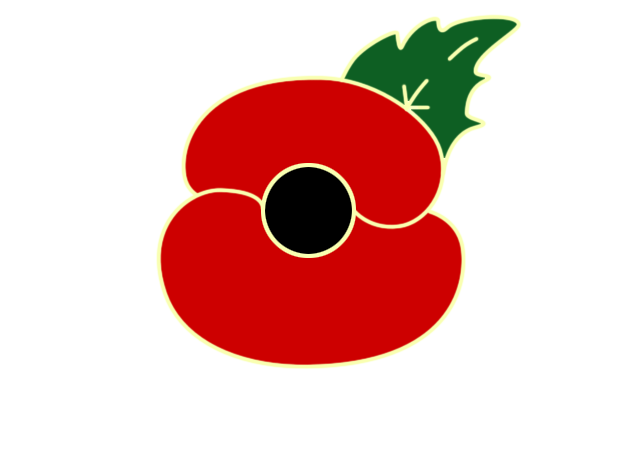Mixing and Applying Render
Render is normally mixed by a mixer rather than by hand.
All materials used in the mixture to make render must be measured accurately to make sure that all the mixes are consistent, the same strength and colour, throughout the work. Modern renders come pre-mixed.
Clean water must be used to mix renders because dirty water can weaken the mix or leave marks on the finished surface.
External render can be applied using two different methods; two-coat work or three-coat work.
Two-coat work is made up of a scratch coat and a top-coat.
The scratch coat is used to straighten out uneven backgrounds such as brick surfaces and normally has a waterproofing additive added into the mixture. To stop the brick background showing through, the scratch coat should be between 9mm and 12mm thick. Once the scratch coat has been applied to the background, a key is created using wire comb scratcher. This helps the final coat to stick to the wall properly.
The top coat is the last layer to be applied to the scratch coat to create the finished render. First the reveals must be finished before the top coat is added.
To complete the reveals, any hard sand/cement left after the wall has been keyed must removed using a trowel. Then you should hold a wooden rule onto the surface, making sure it is lined to a window/door frame to get a thickness of between 10mm and 12mm. Once this is done, the topcoat can be added to the reveals.
Three-Coat Work
Three-Coat work is made up of a scratch coat, a top coat and a decorative layer. An extra layer called a dubbing-out coat is sometimes needed when the background needs filling because it is uneven.
Most cement-based render mixtures are left for at least 24 hours before another layer is added. This gives the mix time to achieve it's maximum strength, but the longer the scratch-coat is left for, the more chance there is of cracks. Hydraulic lime mixtures take longer to set than cement-based mixtures so should be left longer. They can sometimes be left for weeks!


